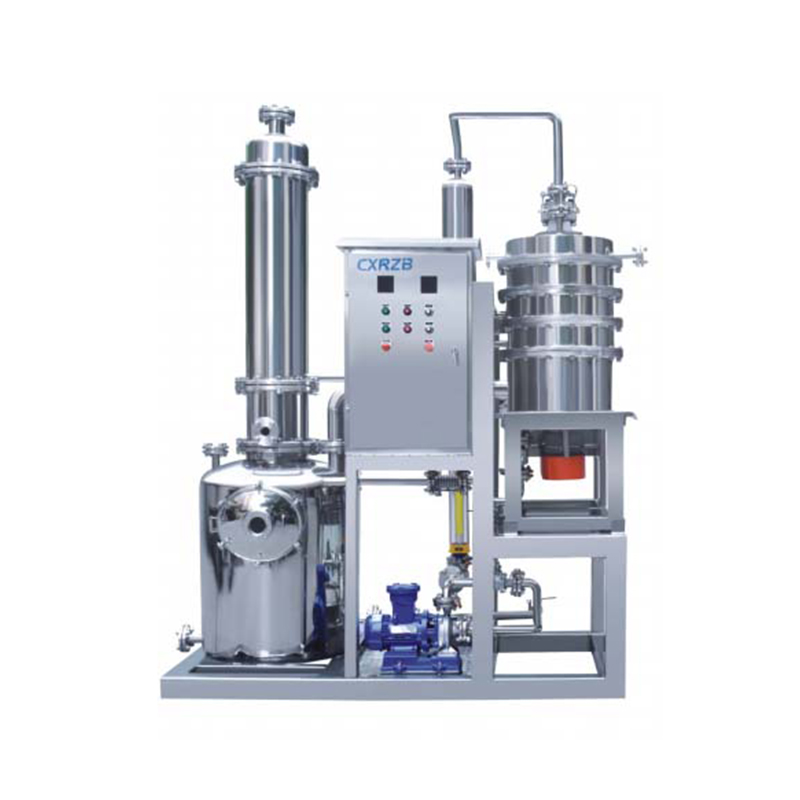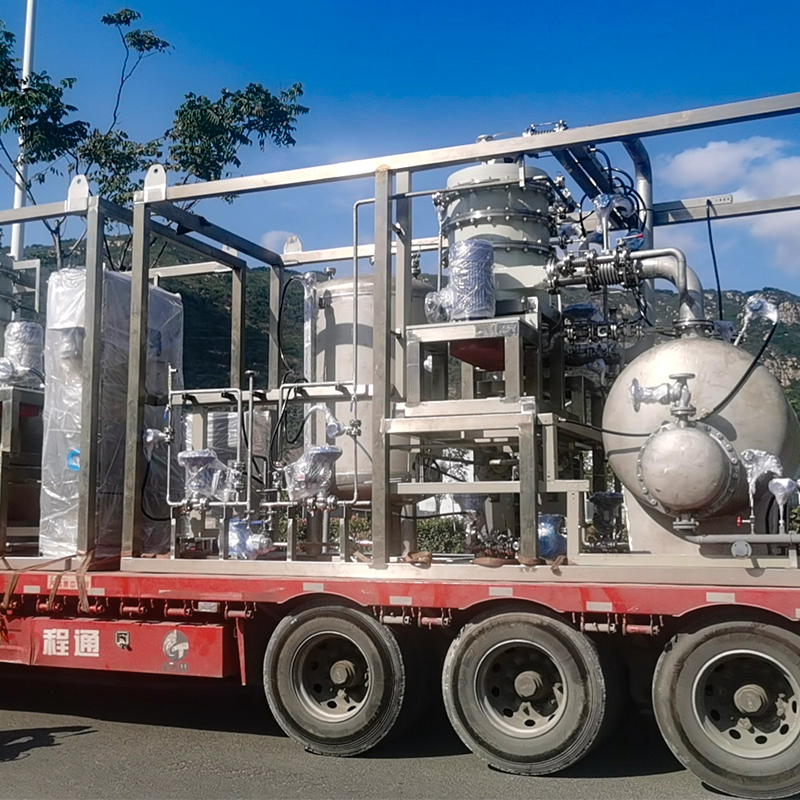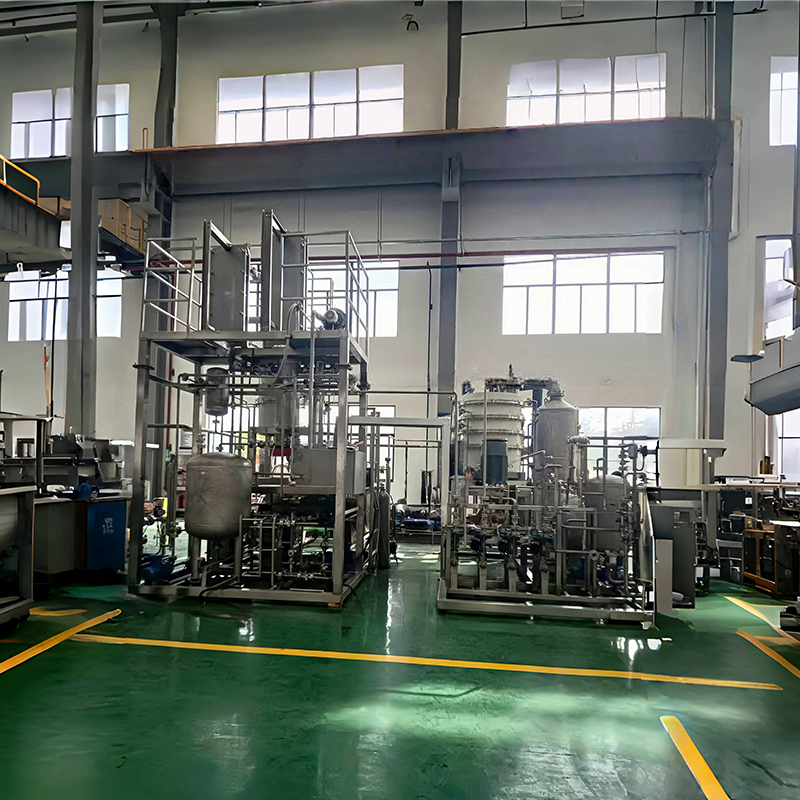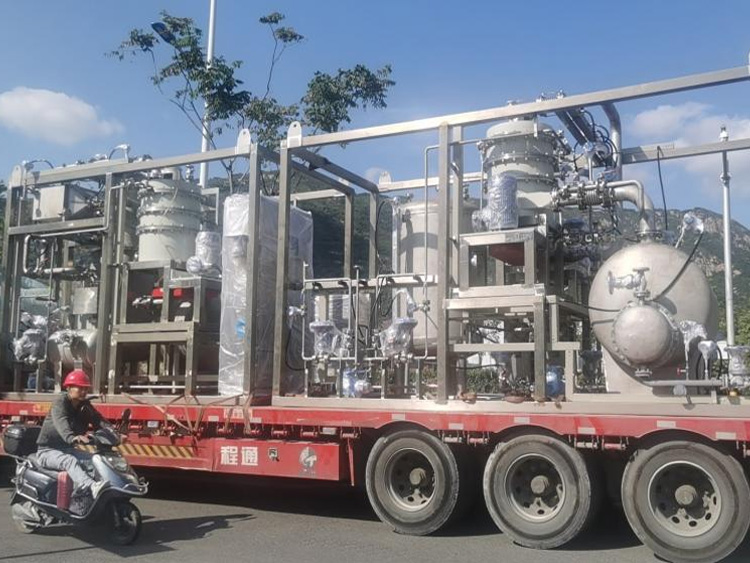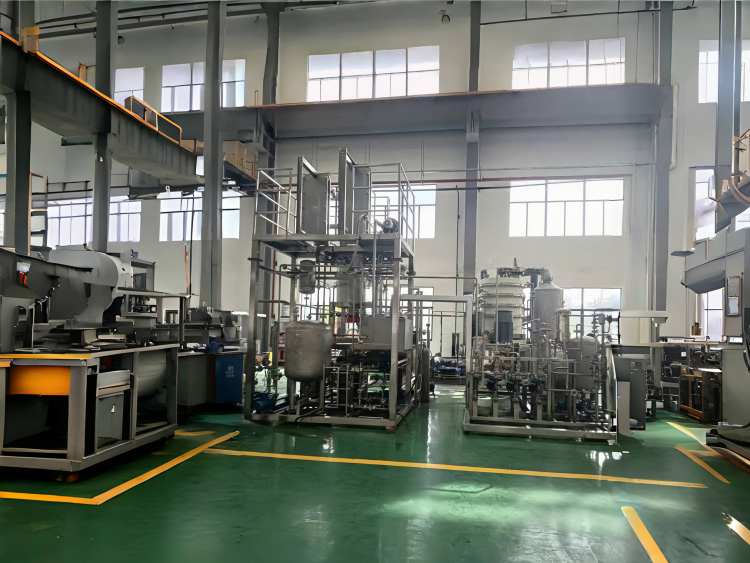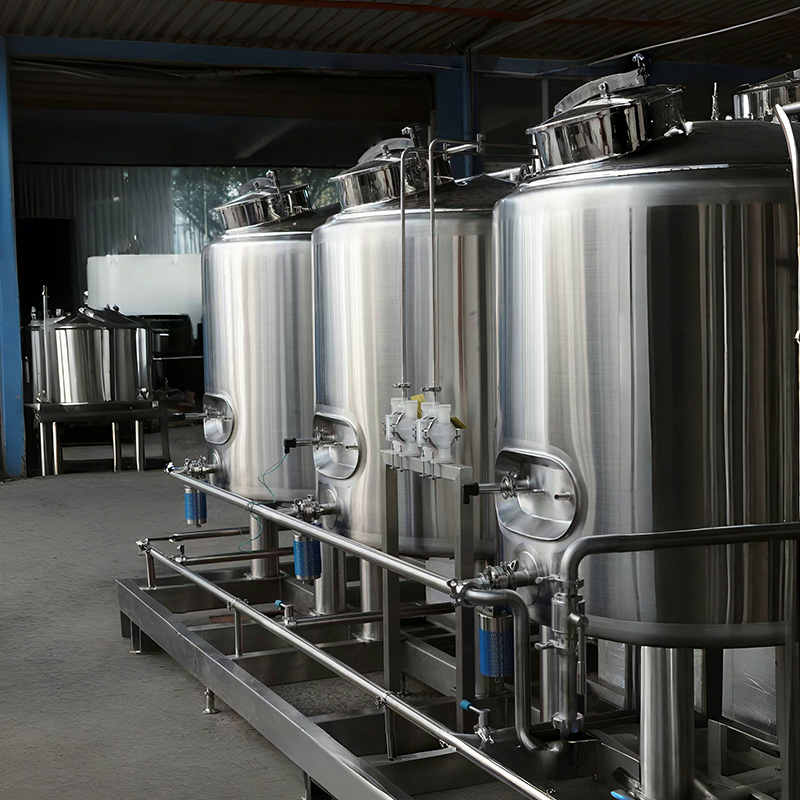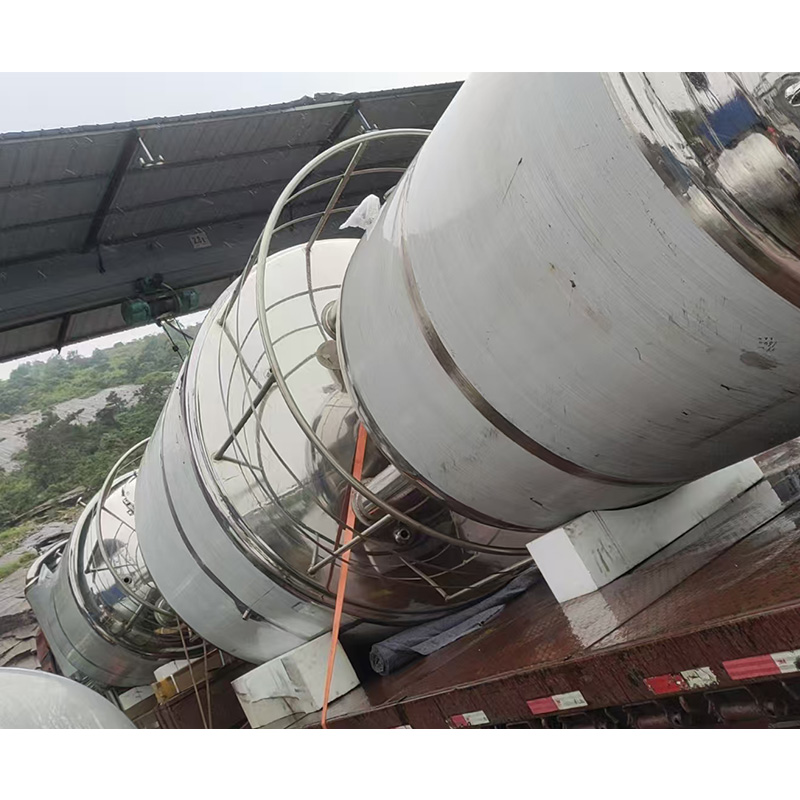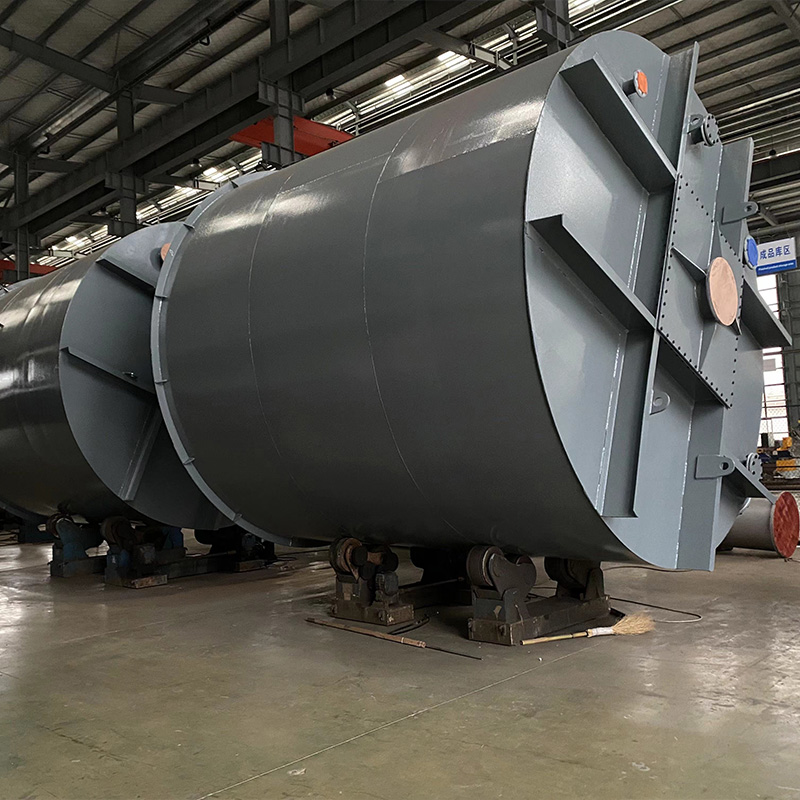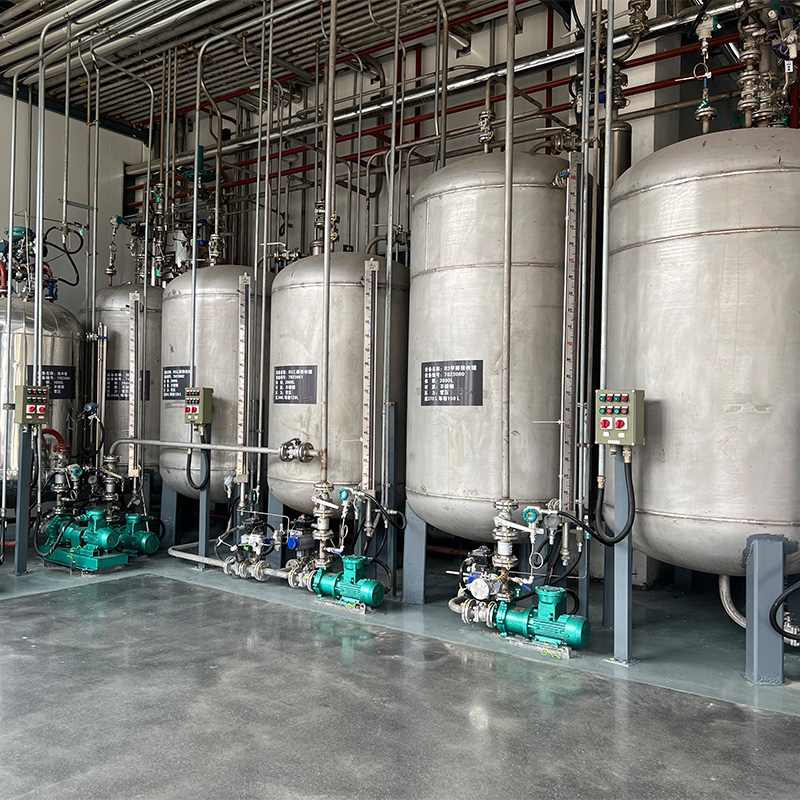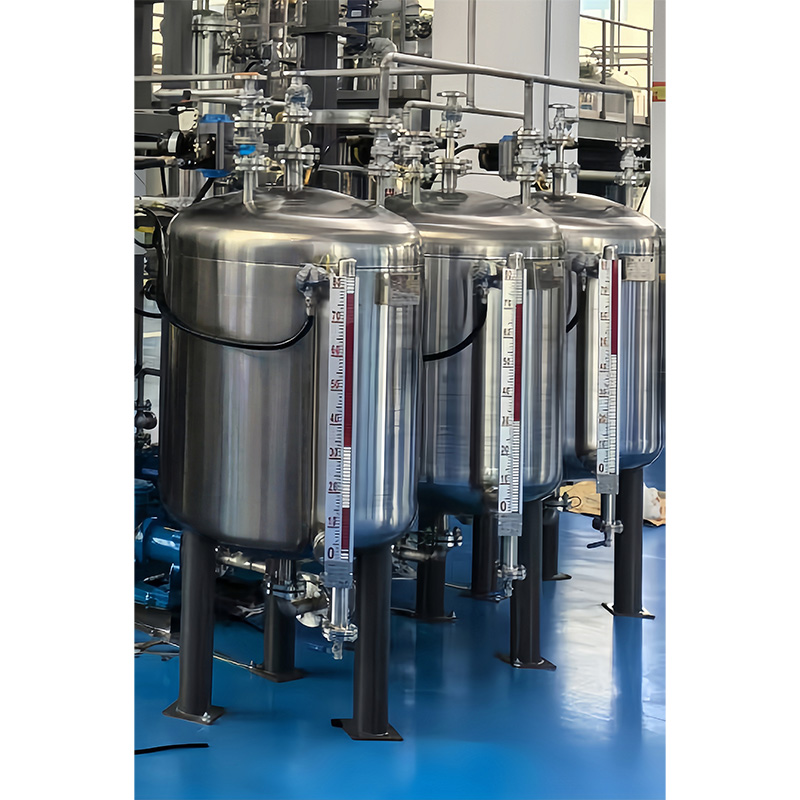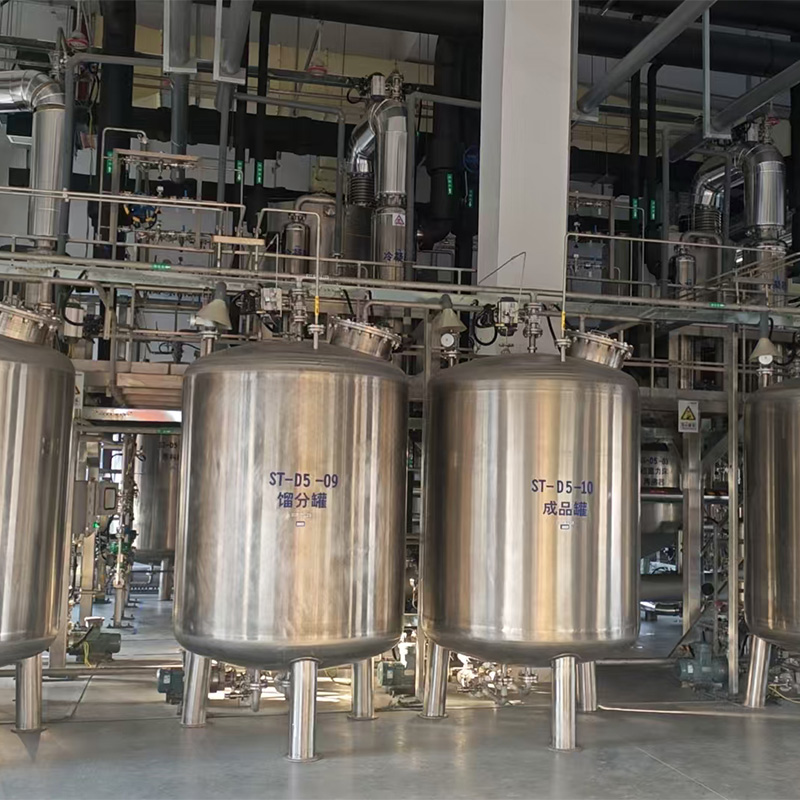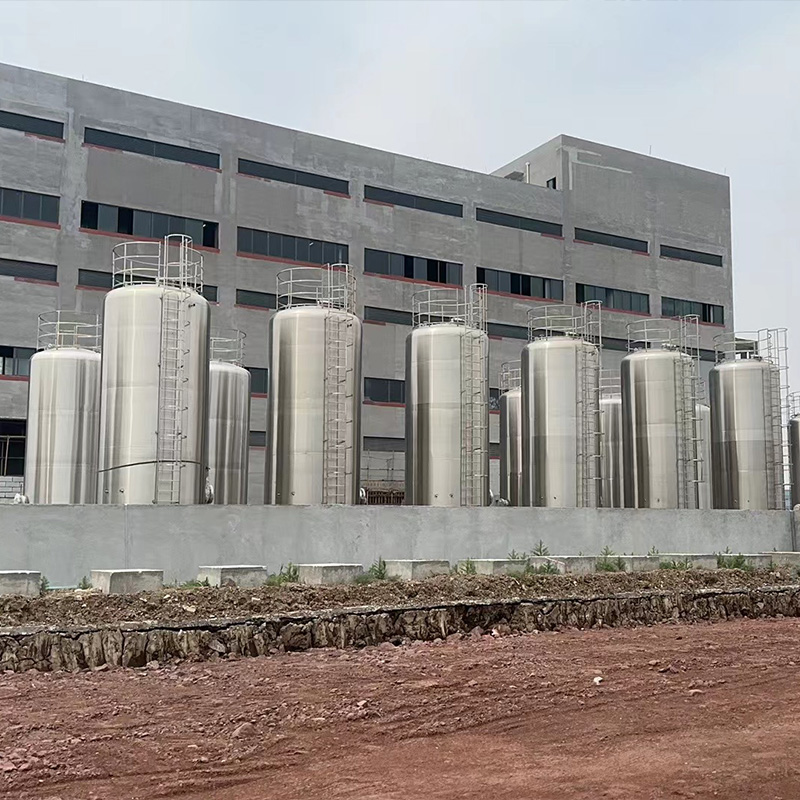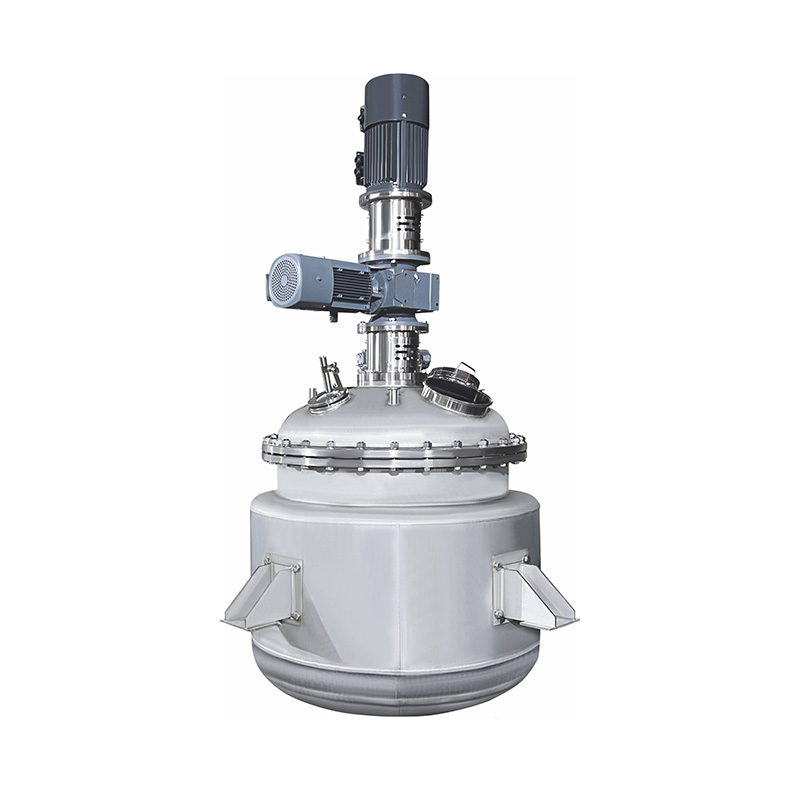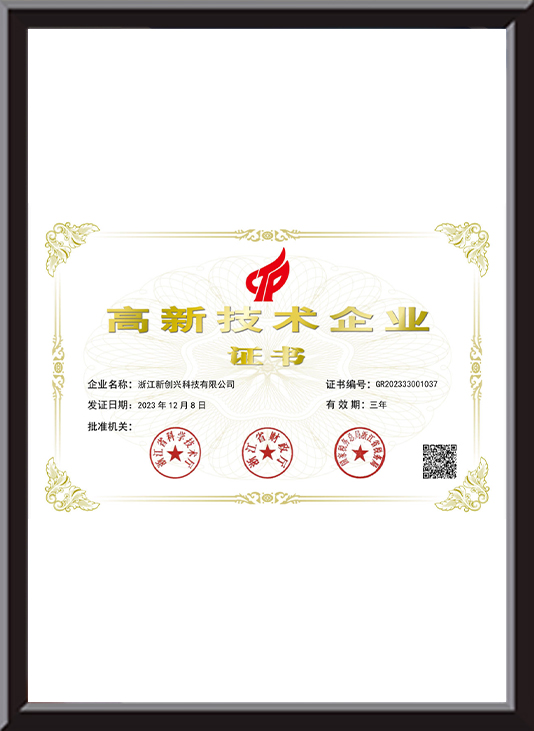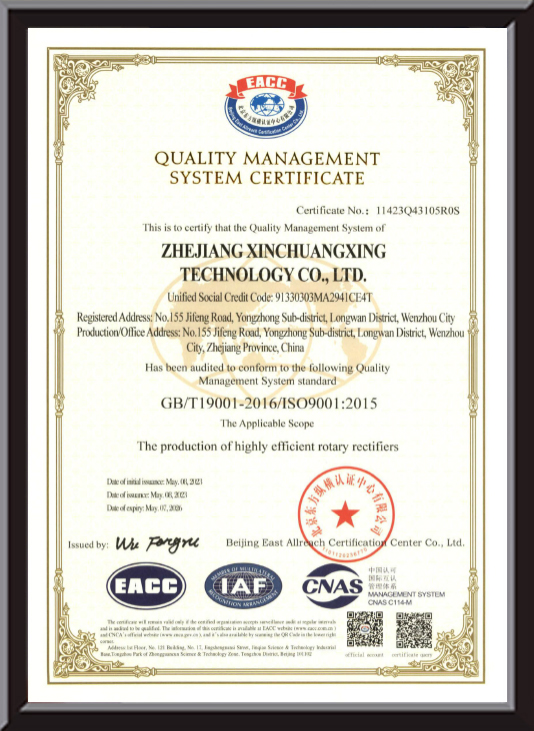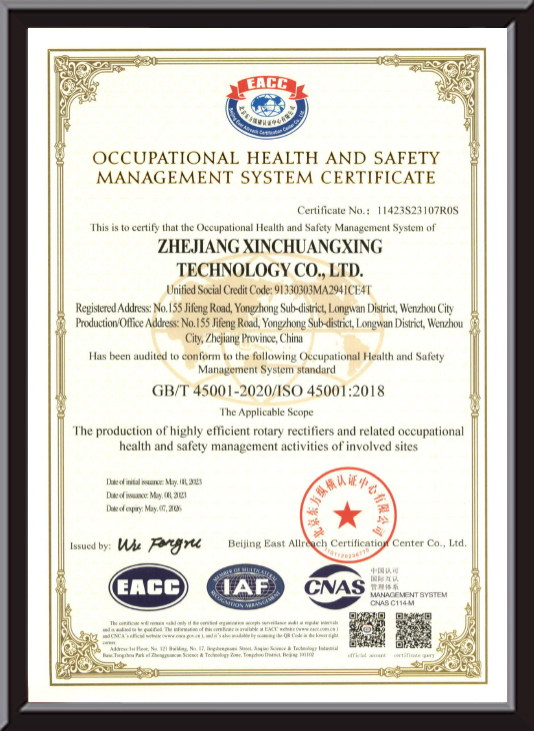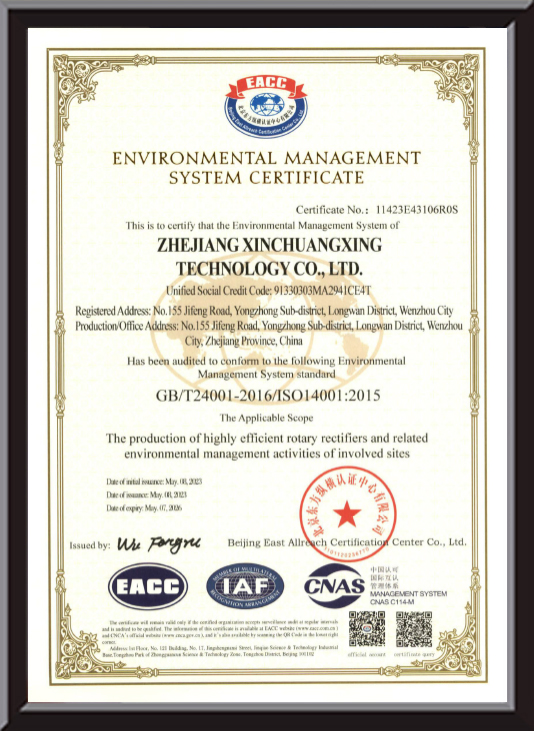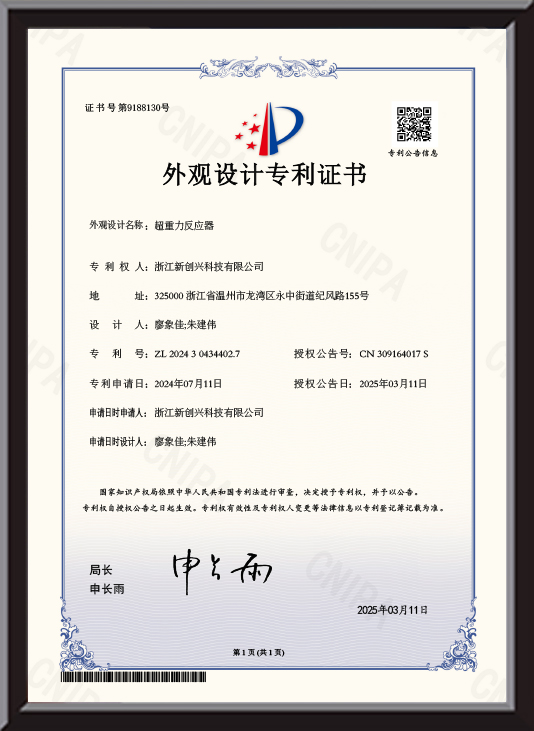
High-Gravity Gas Absorption Unit
High-Gravity Carbon Capture,HGCC(Carbon Dioxide Absorption)
The baffle-type rotating bed is a highly efficient gas-liquid mass transfer device that intensifies the mass transfer process through centrifugal force. It is widely used in carbon capture (CO₂ capture) applications. Its core principle utilizes high-speed rotation to disperse liquid into ultra-thin films or micro-droplets, dramatically expanding the gas-liquid contact area and thereby significantly enhancing CO₂ absorption efficiency.
Get A Quote
- Contact Us
- Technical Parameters
ABOUT US
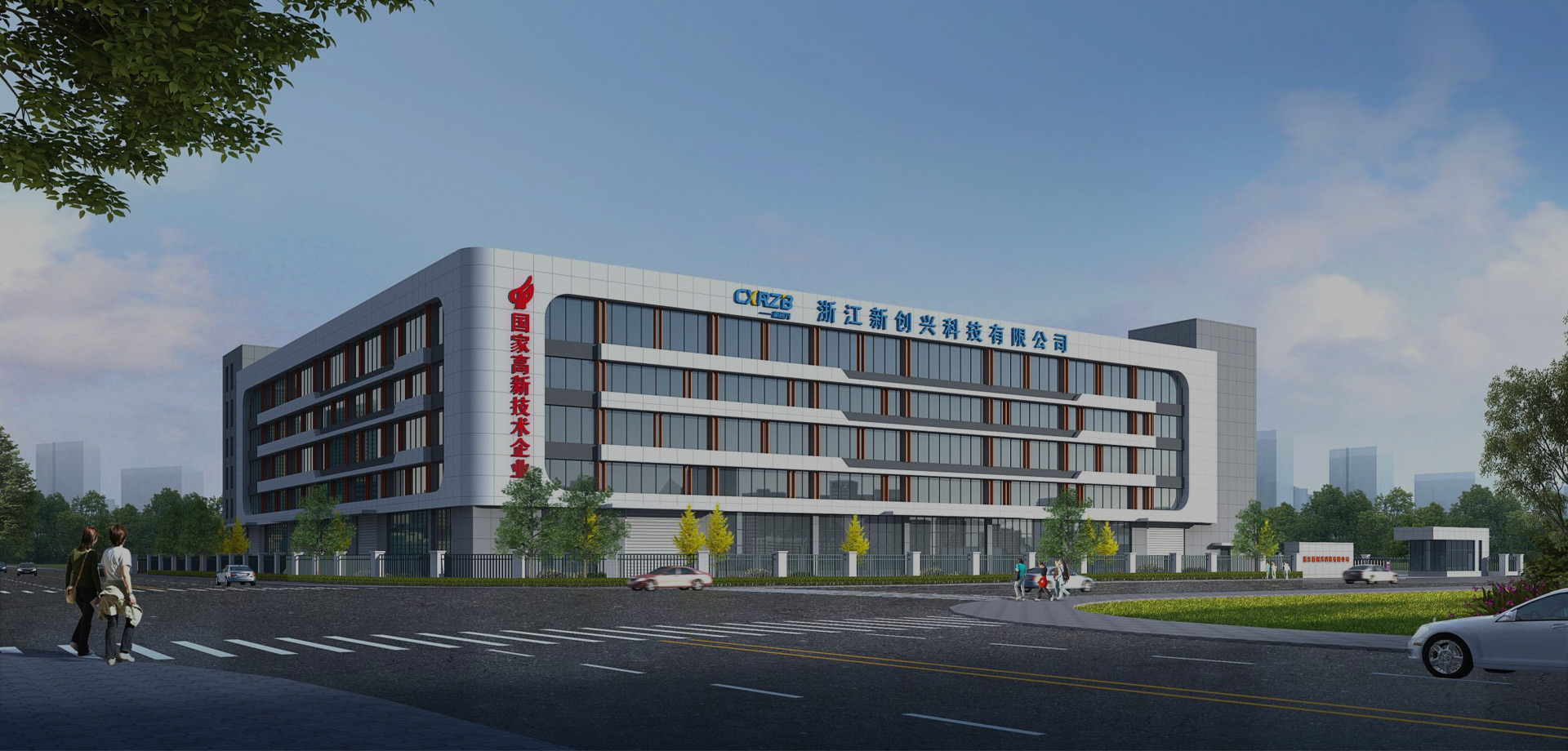
Zhejiang Xinchuangxing Technology Co.,Ltd.

Zhejiang Xinchuangxing Technology Co.,Ltd. is located in Longwan District, Wenzhou, Zhejiang. We are a high-tech enterprise integrating technology research and development, engineering design, production and manufacturing, installation, and debugging. We possess strong technical expertise and a large team of skilled professionals, which enables us to constantly develop new products aligned with industry trends, and actively commercialize technological breakthroughs. Our advanced equipment, built upon high-gravity technology, covers distillation, waste gas treatment, wastewater treatment, and other advanced systems, delivering significant energy-saving and emission reduction benefits, all while adhering to environmental protection principles and supporting sustainable development.
The company adheres to a corporate philosophy centered on "integrity, cooperation, and innovation." We consistently uphold our brand strategy, which is "market-driven, focused on R&D, meticulously designed, and service-oriented." Our commitment extends to creating an influential high-gravity technology platform and industrial cluster.
Located in a coastal region, Xinchuangxing benefits from a highly active raw material market, which provides a competitive edge in pricing and ensures superior quality. As a Custom High-Gravity Carbon Capture,HGCC(Carbon Dioxide Absorption) Manufacturers, We have secured numerous patents and intellectual property rights related to high-gravity technology, demonstrating our exceptionally high technical and innovative capabilities.
The company adheres to a corporate philosophy centered on "integrity, cooperation, and innovation." We consistently uphold our brand strategy, which is "market-driven, focused on R&D, meticulously designed, and service-oriented." Our commitment extends to creating an influential high-gravity technology platform and industrial cluster.
Located in a coastal region, Xinchuangxing benefits from a highly active raw material market, which provides a competitive edge in pricing and ensures superior quality. As a Custom High-Gravity Carbon Capture,HGCC(Carbon Dioxide Absorption) Manufacturers, We have secured numerous patents and intellectual property rights related to high-gravity technology, demonstrating our exceptionally high technical and innovative capabilities.
Latest Updates
What'S News
-
Stainless Steel Storage Tank is designed to hold large quantities of liquids or semi-liquids, such a...
-
Stainless Steel Emulsification Mixer is specifically designed to create stable emulsions by blending...
-
Stainless steel offers unparalleled durability and resistance to corrosion, making it a top choice i...
-
The principle of ultra-gravity deamination equipment is based on the strengthening effect of centrif...
-
At present, our company has successfully won the bid for the pipeline project of the PPP project of ...


 En
En
 русский
русский Español
Español عربى
عربى